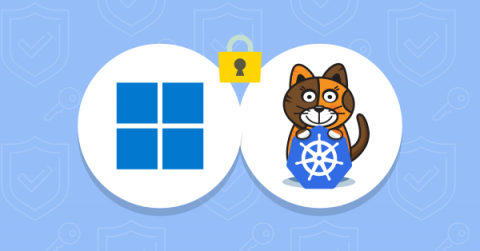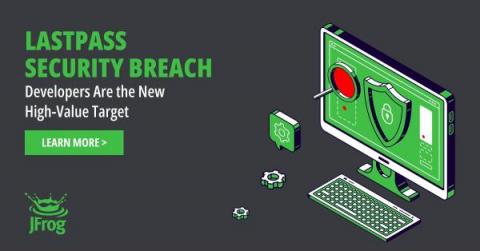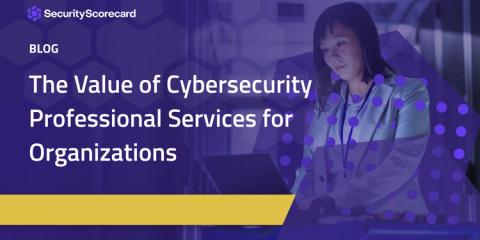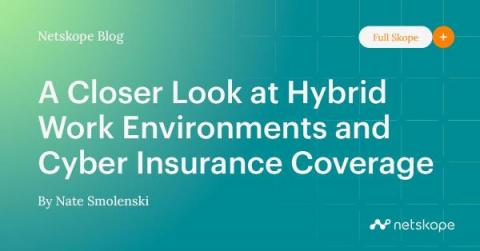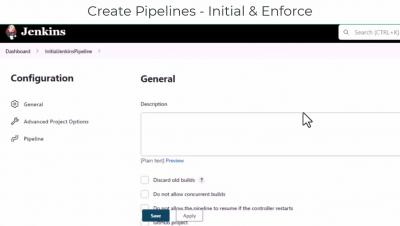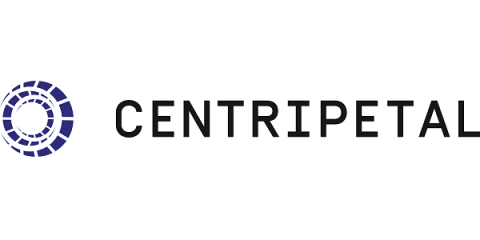Security | Threat Detection | Cyberattacks | DevSecOps | Compliance
Security
Securing Windows workloads
Containers are a great way to package applications, with minimal libraries required. It guarantees that you will have the same deployment experience, regardless of where the containers are deployed. Container orchestration software pushes this further by preparing the necessary foundation to create containers at scale. Linux and Windows support containerized applications and can participate in a container orchestration solution.
Latest LastPass security breach highlights developers as a high-value target
Last August, the maintainers of the LastPass cloud-based password manager tool reported a security breach in their servers. The disclosure maintained that an unauthorized party gained access to the LastPass development environment through a single compromised developer account. However – while source code and technical information was stolen, no user data was compromised and no services were interrupted. This specific statement about user data was reiterated many times.
Enterprise Remediation with CrowdStrike and MOXFIVE, Part 2: Strategies for Containing and Recovering
In Part 1 of this blog series, we highlighted the benefits of CrowdStrike’s investigative approach and the CrowdStrike Falcon® Real Time Response capabilities for avoiding a significant incident in the first place, and minimizing the damage should an attacker gain entry into your environment. We also explored a range of governance and process-oriented steps that are often left out of technology-centric discussions on incident response preparedness.
The Value of Cybersecurity Professional Services for Organizations
Cybersecurity is a trending topic among boards and executives. Yet, many organizations need more technical capabilities to prepare and respond effectively to cyber incidents and regulatory requirements. Let’s explore what cybersecurity professional services really are and how they can help take an organization’s security to the next level.
A Closer Look at Hybrid Work Environments and Cyber Insurance Coverage
Organizations seeking cyber insurance coverage are typically required by their insurer to provide evidence of a panoply of controls around information security, disaster recovery, and related risk and technology requirements and best practices.
You should be using HTTP Strict Transport Security (HSTS) headers in your Node.js server
For most websites and apps, employing security-related HTTP headers has become standard practice. Websites use headers as part of HTTP requests and replies to convey information about a page or data sent via the HTTP protocol. They might include a Content-Encoding header to indicate that the content is a compressed zip file or a Location header to specify a redirect URL.
Securing your Jenkins CI/CD Container Pipeline with CrowdStrike
CleanINTERNET Controls for TikTok Available Following US Lawmakers Ban
In the last week, The U.S. House of Representatives ordered its staff and lawmakers to delete TikTok from any government-issued mobile device due to security concerns with the popular video-sharing app. But, it’s not just the government taking action for a potential security vulnerability. A handful of college campuses announced that they are banning access to TikTok from campus WiFi in accordance with their respective governors’ executive orders.
Application Security - The Complete Guide
Application security is an essential part of the software development lifecycle, and getting it right should be a top priority in today’s ever-evolving and expanding digital ecosystem. Application security is the practice of protecting your applications from malicious attacks by detecting and fixing security weaknesses in your applications’ code.



